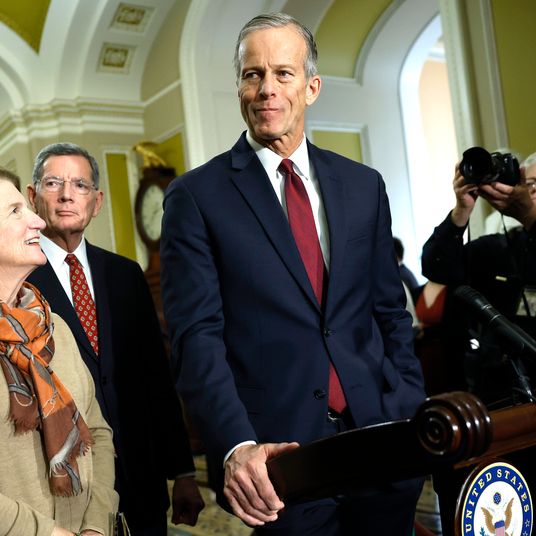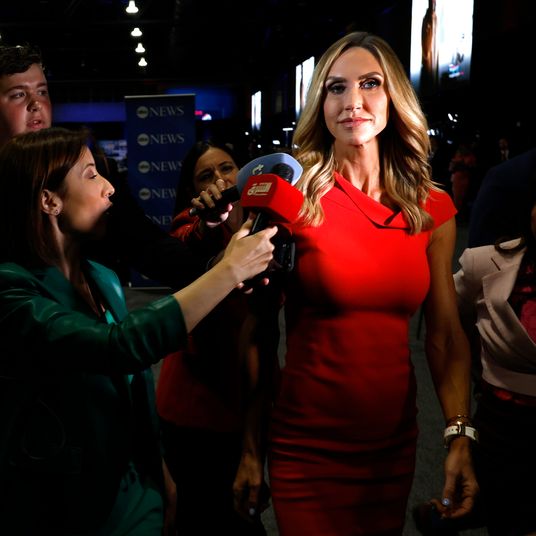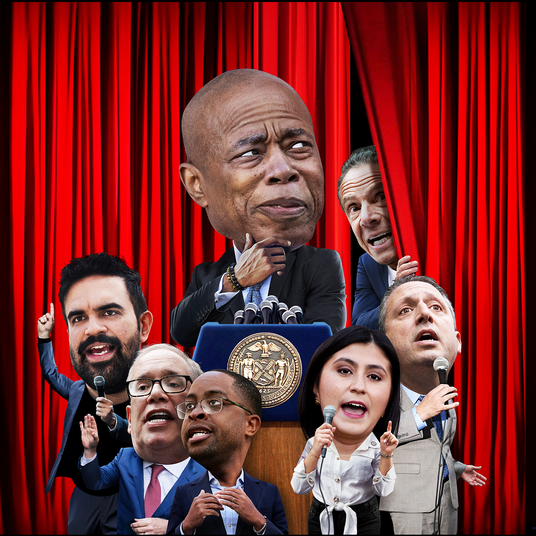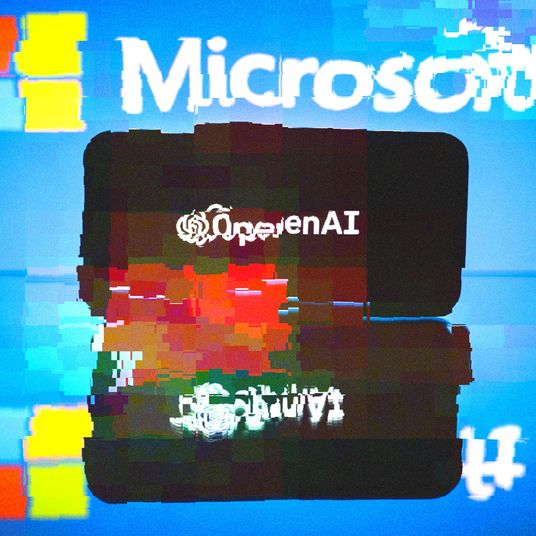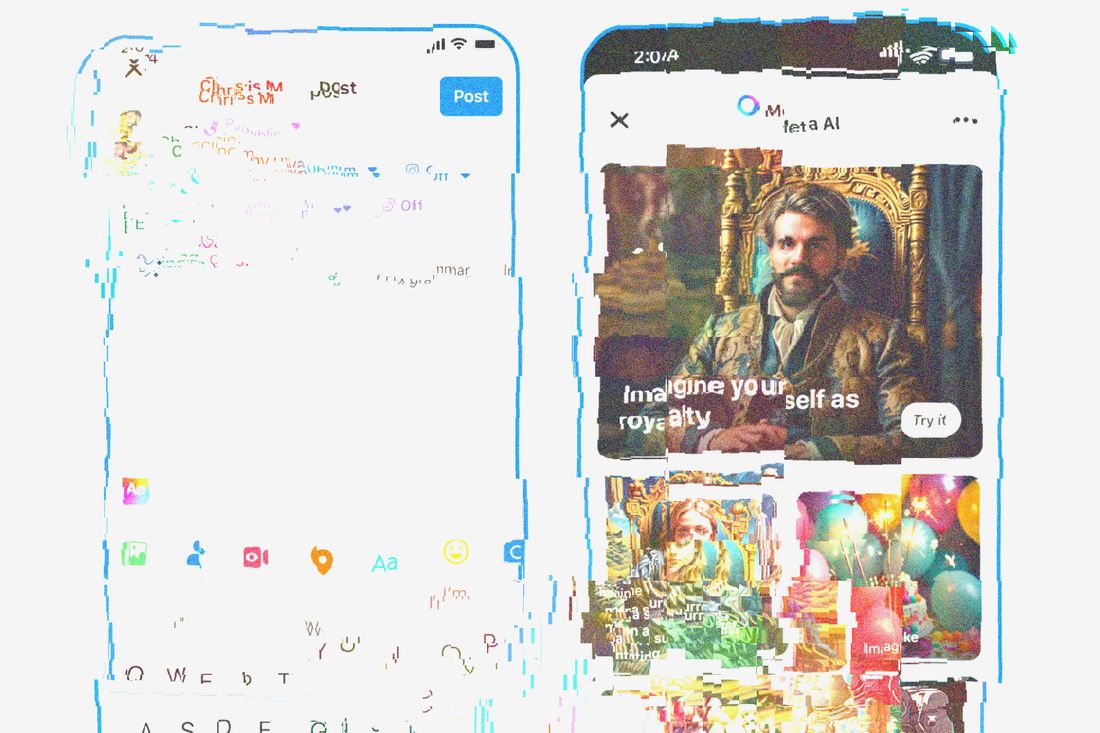
Among Meta’s many resolutions for the new year — making augmented reality and the metaverse happen, positioning itself to absorb TikTok refugees if the app gets banned, cracking open Apple’s platforms to get more access to user data, and attriting its competition in artificial intelligence with breathtaking spending — one stands out as plain weird: filling its social-media platforms with bots. According to the Financial Times:
The Silicon Valley group is rolling out a range of AI products, including one that helps users create AI characters on Instagram and Facebook, as it battles with rival tech groups to attract and retain a younger audience. “We expect these AIs to actually, over time, exist on our platforms, kind of in the same way that accounts do,” said Connor Hayes, vice-president of product for generative AI at Meta. “They’ll have bios and profile pictures and be able to generate and share content powered by AI on the platform . . . that’s where we see all of this going,” he added.
The company has been talking about this for a while, to somewhat bewildered responses from the general public. The simplest explanation for what it’s doing is that the company has invested a lot in building generative AI models and would like to get a return on its investment through its most lucrative products: If there’s any economically productive way for Meta to plug AI tools into Facebook, Instagram, and WhatsApp, it’ll consider it. But Meta, a company with no qualms about chasing, copying, and acquiring its way into trends, is also reacting here. It bought SocialAI, a Twitter-ish “social network” where users’ “feeds” and “comment sections” are filled entirely with bots playing different characters. At the same time, it’s surely noticed that its platforms are already filling with AI slop anyway and that some of this slop was creating a lot of engagement, meaning that, in the ways that matter most to Meta, it’s not really slop at all. The company also clearly noticed the rise of Character.ai, the popular — but possibly doomed — lawsuit magnet of an app in which young users create and chat and act out fictional scenarios with AI characters.
Still, Meta’s framing here is unique to the company. It’s by far the leading American social-network firm, with more than a billion actual people using its products around the world to interact with one another. Practically everyone in tech is trying practically everything with AI, but Meta, the suggestion goes, is in a singular position to populate shared human spaces with synthetic characters, and it seems to think it’ll work.
As galling as this might sound to a casual Facebook user — after years of characterizing fake and automated profiles as spam, it’s okay now if Meta is running the accounts and they’re a little more convincing? — it has the benefit of sounding somewhat new and novel. Maybe these personas really will be engaging enough to post and respond alongside your friends, family, co-workers, and celebrities in your existing social-media feeds; maybe social-media feeds are the right place to encounter highly specific chatbots; maybe these chatbots can be entertaining or even helpful in the context of the apps users already check multiple times per day. It might not be a convincing story, but it’s a story: There are increasingly intelligent bots among us, and they’re joining social media.
The main benefit of this story is that, like a lot of AI products — it’s right there in the name! — it anthropomorphizes the underlying technology. A less compelling but perhaps more honest and useful way to characterize Meta’s impulse here is as the next step in a long process of automation and social mediation. When Facebook and Instagram were new, the content you encountered wasn’t just created by people you knew or chose to follow — it carried with it legible and obvious evidence of provenance. If you saw something from someone you didn’t follow or intend to interact with, it was because someone you know chose to share it; if you posted something, you could mostly assume it would be seen by people who intended to see it, and maybe by more people they intended to show it to. Well before the rise of TikTok, which mostly replaced follow/follower relationships with opaque algorithmic distribution, but especially after it, Facebook and Instagram have leaned hard into subtler forms of automation: content recommendations; people recommendations; unexplained stuff appearing in feeds, as Reels, or bugging users in notifications. The result is platforms where users are consuming more content but in some cases producing less, spaces that function less like social networks than like targeted advertising systems for everything.
A lot of formerly social aspects of a platform like Facebook, in other words, have already been automated and replaced with machine learning, but each step in this direction has been subtle and somewhat concealed: You don’t really know, and certainly aren’t clearly told, why Meta assumes this or that Instagram Reel is something you want to see, or why one thing appears above another in an algorithmically sorted feed.
The idea of introducing AI characters into Meta’s platforms is in some ways distinct and new — we’re talking about not just automating content curation and promotion here but, in some cases, actual creation — but can also be understood as a way to rebrand an effective but alienating overhaul that’s been a decade in the making. With many AI products — from ChatGPT to a customer-support bot — the performance of personhood, which is a bit of a misleading magic trick even when done carefully, is at least as important as raw capabilities. Meta can claim it’s building technology to create social-media agents that can exist on its platforms “in the same way that accounts do,” and maybe it’ll turn out to be right. But Meta’s AI characters are also a way to slap a more friendly, humanlike face on a long, bloodless campaign of social automation.






